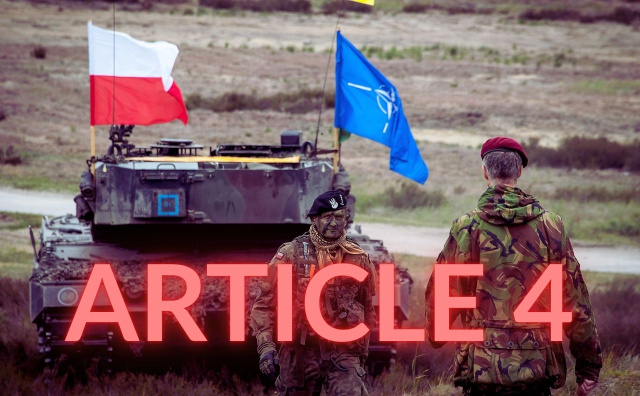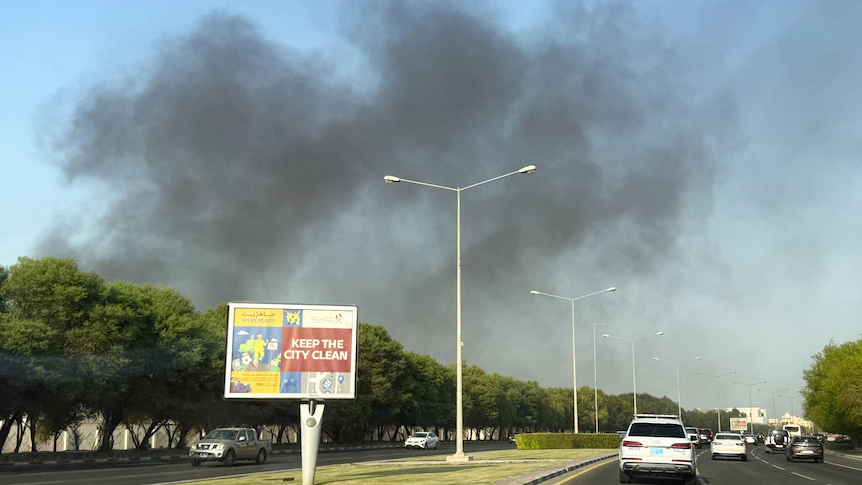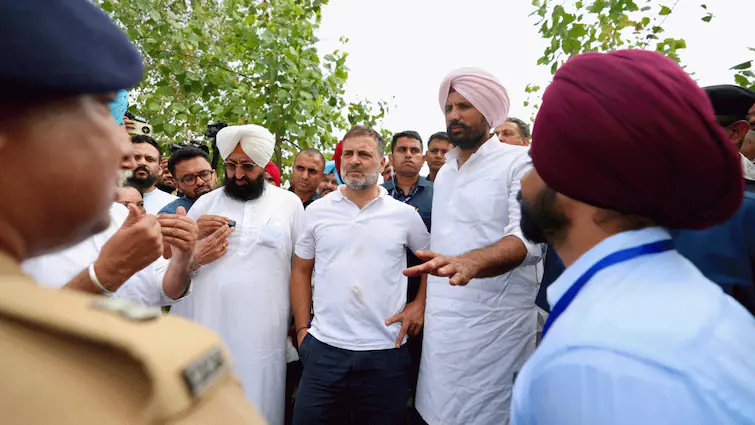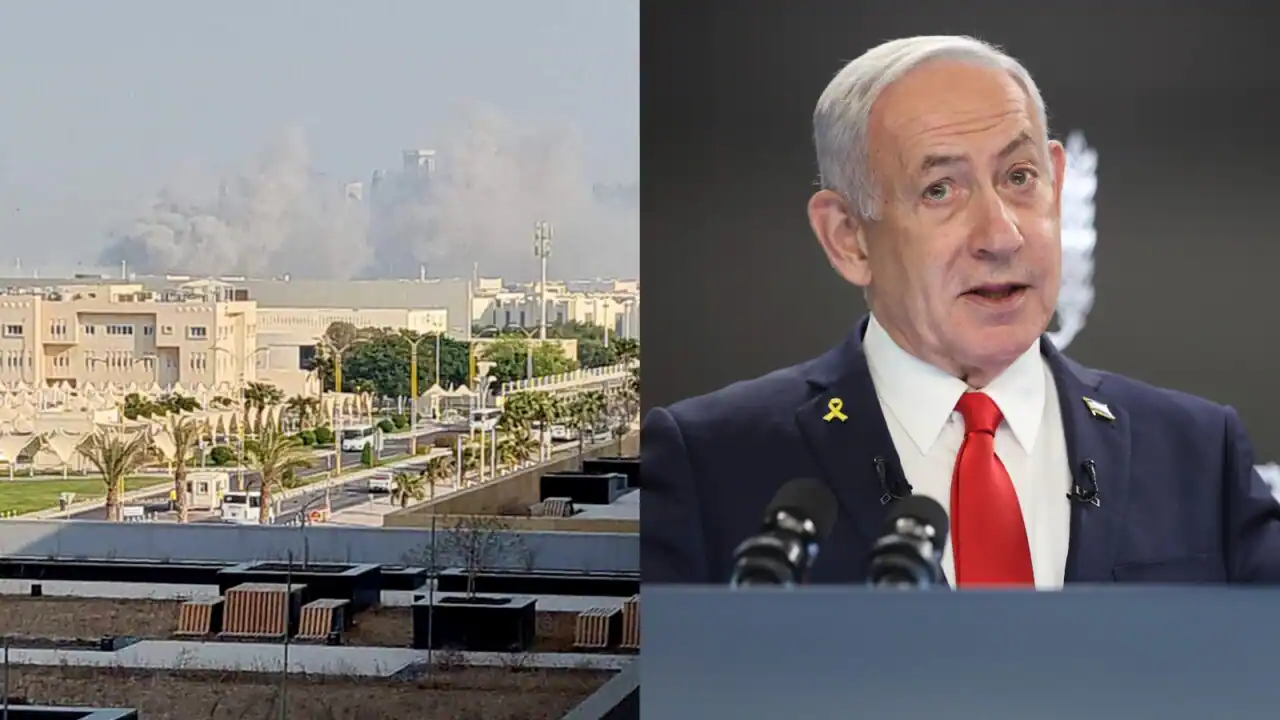Russian Drones Strike Poland: Warsaw Weighs NATO Article 4 After Unprecedented Airspace Breach

Poland is weighing the possibility of invoking NATO’s Article 4 following a dramatic overnight escalation that saw Russian drones penetrate deep into its territory. According to Polsat News, Warsaw is preparing to bring the matter before the North Atlantic Council, a step that would trigger urgent consultations among allies. Article 4 does not mandate military action but provides for collective discussion when a member state feels its security or territorial integrity is under threat. The provision was last used in February 2022, immediately after Russia’s full-scale invasion of Ukraine.
Last night, Russia carried out the most massive attack on Ukraine in the past four months. Ukrainian air defense destroyed or suppressed 413 targets: 386 drones and 27 missiles. Strikes were recorded in 17 locations — 16 missiles and 21 drones. At least 8 drones flew towards… pic.twitter.com/AkhpPy4ze5
— WarTranslated (@wartranslated) September 10, 2025
The overnight incident has been described as unprecedented. The Polish military confirmed that multiple unmanned aerial vehicles crossed into its airspace during a mass drone assault on Ukraine. Some of the drones penetrated as far as 50 kilometers, with debris reported in the village of Wyryki after a Shahed-type drone struck a house. For the first time, Poland announced that it had engaged and destroyed hostile drones over its territory. “This is an act of aggression that poses a real threat to the safety of our citizens,” Poland’s Armed Forces said in a statement. Prime Minister Donald Tusk confirmed that he is in direct contact with NATO Secretary General Jens Stoltenberg and allied governments.
The military response was extensive. Polish F-16 fighter jets scrambled alongside Dutch F-35s on NATO duty, while neighboring Romania, Slovakia, and Hungary also launched their own aircraft. Flight-tracking services later recorded significant allied aviation over Poland, including refueling planes supporting the fighter patrols. In addition, Territorial Defence Forces were mobilized for ground searches to locate drone wreckage. Defence Minister Władysław Kosiniak-Kamysz urged citizens not to touch any debris but to report findings directly to the police.
Authorities reacted swiftly by closing airspace in several regions. Four airports – including Warsaw and Rzeszów, the latter a key logistics hub for Ukraine – were temporarily shut down, alongside Lublin Airport. Operations were suspended “due to unplanned military activities to ensure national security.”
In addition, Polish authorities have found another downed Russian attack drone in the village of Cześniki, roughly 40 km from the Ukrainian border.
A Russian Shahed drone struck a house in the Polish village of Wyryki overnight. Footage shows debris from the drone after it violated Polish, and thus NATO airspace. pic.twitter.com/5E5DEqCxDb
— NOELREPORTS ???????? ???????? (@NOELreports) September 10, 2025
Meanwhile, the Territorial Defence Forces issued a heightened readiness order. In voivodeships closest to the eastern border – Podlaskie, Masovian, Lublin, and Podkarpackie – soldiers may now be called up just six hours before reporting for duty. In central regions such as Pomeranian, Warmian-Masurian, Kuyavian-Pomeranian, Łódź, Świętokrzyskie, and Lesser Poland, the call-up time has been shortened to 12 hours. No urgent mobilization is currently planned for other provinces. Citizens were urged to remain calm and rely only on official announcements from government and military channels.
NEW: Ukraine’s President Zelenskyy claims that “at least eight drones” entered Polish airspace. pic.twitter.com/Cn73qbxMcD
— Faytuks Network (@FaytuksNetwork) September 10, 2025
Ukrainian officials linked the incursion to a broader Russian strategy. Presidential adviser Mykhailo Podolyak accused Moscow of deliberately targeting Poland to test NATO’s resolve, spread fear across Europe, and normalize the idea of the war expanding beyond Ukraine. Others have criticized what they described as the West’s hesitant reactions to earlier airspace violations and warned against downplaying the threat by labeling the drones as “objects.”



